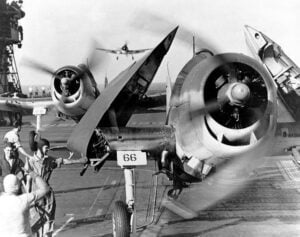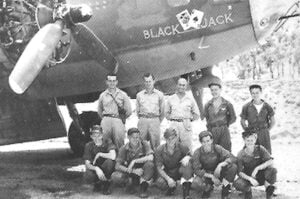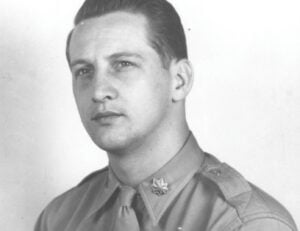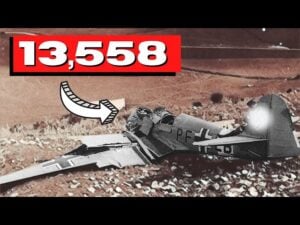The World’s Most Deadly Helicopter
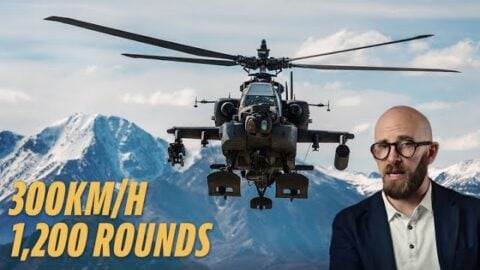
YouTube / Megaprojects
The Boeing AH-64 Apache is the US’s premier attack chopper and has gained a fearsome reputation among the US’s allies and adversaries alike.
Highly sought-after all over the world, the AH-64 has proven itself to be capable in all kinds of combat environments.
Design and Development
Back in the early 1970s, the US Army relied on the AH-1 Cobra, but it was far from the powerhouse the Army had hoped for. It wasn’t long before the army was looking for an aircraft that would exceed the AH-1 in three critical areas- range, armament, and in-flight performance.
In 1972, the Army launched the Advanced Attack Helicopter (AAH) program, receiving proposals from Bell, Boeing-Vertol/Grumman, Hughes, Lockheed, and Sikorsky. Hughes and Bell advanced to the final round in 1973, each building prototypes: Hughes’ YAH-64A and Bell’s YAH-63A. After testing, Hughes won, thanks to its 4-blade rotor and stable landing gear.
Hughes built three pre-production models, later modified to fire the new Hellfire missile. By 1981, these prototypes completed successful operational testing, leading to engine upgrades with GE T700-701 turboshafts. The helicopter was named the AH-64 Apache in late 1981 and entered full production in 1982. The first Apache rolled out in 1983 and entered service in April 1986. The Apache has since served in nearly every U.S. conflict and is operated by many allied nations. Early rotor blades fell short of durability goals but were later improved to meet Army standards.
Advanced Armament and Warfare Systems
The Apache was built as an advanced anti-armor helicopter and has continually evolved. Modern AH-64s feature advanced avionics, battlefield networking, stability augmentation, and a digital autopilot for partial or full flight control. They also include infrared countermeasures that automatically deploy flares against missiles.
Its armament includes up to 16 Hellfire missiles (laser or radar-guided), two pods of 19 Hydra rockets, and the M230 30mm chain gun. The cannon fires high-explosive or armor-piercing rounds at up to 650 rpm, though practical use limits it to 300 rpm with cooldowns.
A Gamechanger
In the 1980s, radar advances led to the AN/APG-78 Longbow fire-control radar, used on AH-64D/E Apaches. Mounted above the rotor, it lets crews detect targets while hidden behind terrain and provides terrain-following capability for low-altitude flight in poor conditions, reducing detection risk.
The Longbow can track 128 targets and engage 16 simultaneously, likely matching the Apache’s Hellfire missile capacity. Its networked system shares target data with other units, enabling coordinated attacks. A key feature is its “fire and forget” mode, which locks and guides missiles without requiring the pilot to maintain aim.
Deadly Helicopter?
When Boeing merged with McDonnell Douglas in 1997, it took over Apache maintenance, now done at Boeing’s Mesa, Arizona, facility. During upgrades and testing, the helicopter’s environmental control system (ECS) must run to cool its high-powered electronics, but the system is extremely loud, over 106 decibels, far exceeding the 85 dB level that can cause hearing damage with prolonged exposure.
For reference, lawnmowers average 90 dB, while car horns and nightclubs hit around 105 dB. This means maintenance crews, especially during long indoor tests lasting up to eight hours, are exposed to hazardous noise levels even from across the room. The Apache is so deadly that even its air-conditioning system is potentially harmful to humans.














